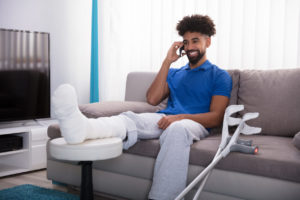
Are Slip and Fall Cases Hard to Win?
Slip And Fall Case: Chances of Winning Just because a person slips and falls on another person’s property does not mean that there is
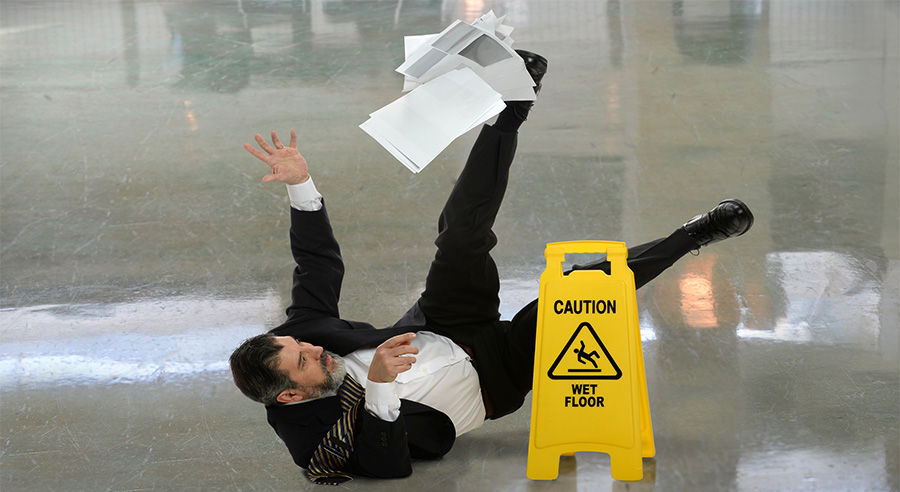
A slip and fall can occur almost anywhere; however, there are some common places and situations:
Accidents that occur on someone else’s property are also referred to as premises liability accidents. Premises can be dangerous for a multitude of reasons – spilled materials, clutter, poor construction, or lack of proper maintenance. The accidents may include slipping, tripping, falling, or having an object fall on an individual. In these types of claims, the injured party must show that the hazardous condition caused their injury, the property owner knew or should have known about the condition, and that the owner did not take any reasonable actions to clean, repair, or prevent the hazardous condition.
If a person falls on government property and suffers an injury (or injuries), the government may be responsible – depending on your state’s personal injury laws. Some states have imposed limitations on personal injury lawsuits against the local, state, or federal government. If your state does allow for slip and fall personal injury suits against the government, then the injured party must prove that the government was negligent in the upkeep of the property. In other words, the injured party must show that 1) the government was responsible for maintaining the area in question, 2) the government knew or reasonably should have known about the hazardous condition that led to the accident, and 3) the government did not take the sensible steps to clean or repair the hazard.
If a person renting a home or vacation property slips and falls somewhere on the premises (either inside or outside), the landlord may be responsible for the accident. The injured party would have to show that the landlord caused the hazardous condition, or that the landlord knew about the unsafe condition and did not try to repair it.
A slip and fall may occur on a sidewalk if the surface is slippery (covered with water, mud, soap, oil, or another wet substance), the sidewalk is cracked or damaged, or if the sidewalk is covered with snow or ice. If someone slips and falls on a sidewalk and is injured, the individual or group responsible for that injury depends on your state’s laws. In some cases, the homeowner might be responsible. In that circumstance, the person bringing the personal injury claim would have to prove that 1) the property owner knew or should have known that the sidewalk was in an unreasonably unsafe condition, and 2) the homeowner was negligent in cleaning or repairing that unsafe condition. In other circumstances, the local government is responsible for the upkeep of its sidewalks – in which case the injured party would file suit against the government body who knew of the hazardous conditions and failed to address it.
Slips, trips, or falls on steps are, unfortunately, a common injury. Property owners are typically liable for mishaps on staircases, just like they’re responsible for other slip and fall accidents. However, unlike flat surfaces, stairs can present additional hazards. For the injured party to prove that the property owner is liable for the accident, the plaintiff must show that 1) the property owner caused the hazardous condition, 2) the owner knew or should have known about the hazard, and 3) the owner did not repair or remove the hazard. Additionally, the insurance company or the court will also consider whether the plaintiff contributed to their own injury. They will want to know if the plaintiff was acting carelessly at the time of their injury, or if they created the hazardous condition themselves by spilling or dropping something on the steps.
It is important to note that not every slip and fall accident will lead to a personal injury lawsuit. There must be an injury involved, and the accident has to be due to someone’s negligence (ex: failing to act in a reasonable manner).
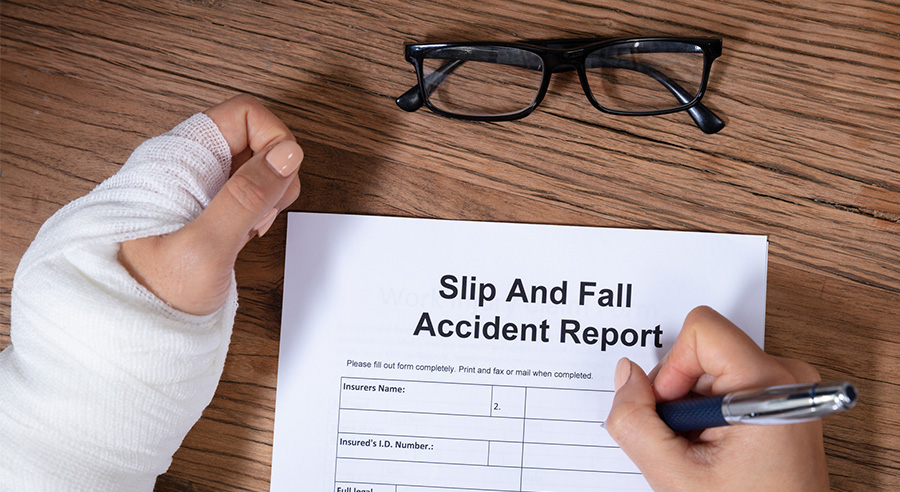
If you are considering filing a slip and fall personal injury lawsuit, you may be wondering exactly how long the process will take. The answer is anywhere from several months to several years. Every case is different, and the length it takes to resolve your legal issue depends on the facts and complexity of the situation. Here is a look at the different stages of personal injury litigation, so you can better know what to expect:
This initial legal document, prepared by a personal injury attorney, explains the nature of your claim. It will state who the parties are (plaintiff and defendant), a description of how the slip and fall happened, who is allegedly responsible for the injury, and what you want the responsible party to pay for their negligence. The content of the complaint may be more or less detailed, depending on your state’s requirements. Your personal injury attorney will file the complaint in the proper jurisdiction and serve the documents on the party you’re suing.
Once you file your personal injury complaint, the defendant typically has 20 days to formally answer the lawsuit. (That number might be slightly different, depending on your state’s laws and whether the defendant agrees to waive certain legal defenses). In the answer, the defendant will address each allegation in the complaint with an “admit,” “deny,” or “not enough information to admit or deny.” The defendant will also establish any affirmative defenses at this time; these are legal doctrines that may reduce or clear the defendant of his or her liability in the slip and fall accident.
After the defendant files his or her answer, then the discovery phase begins. In this part of the process, both parties try to learn as much as they possibly can about the case. Attorneys for the plaintiff and defendant may send each other interrogatories, which are questions that should be answered in writing, under oath. The attorneys may also file requests for production, which are formal requests for the parties to produce documents or other items that are related to the slip and fall case. Depending on the complexity of the personal injury claim, the extent of the plaintiff’s injuries, and how busy the court is, the discovery process can take anywhere between three months to several years.
Before the personal injury case heads to trial, either party may file a pre-trial motion(s) to attempt to resolve the legal issue. This typically happens during the discovery process. While there are a variety of different pre-trial motions, some of the more common ones filed in a personal injury suit are: Motion to Dismiss (asking the court to dismiss the case due to a legal technicality, like the statute of limitations), Motion to Compel (asking the court to force the other party to do something they have been reluctant to do, such as produce documents or give a deposition), Motion in Limine (request to keep prejudicial evidence away from the potential jury), or a Motion for Summary Judgment (asking the court for a final judgment due to a lack of facts to support the case).
Depending on your state’s procedural laws, you may be required to hold a mediation or a settlement conference prior to going to trial. In some states, this part of the process is voluntary. A mediation or settlement conference provides both parties with the opportunity to resolve the issue without having to go to trial. The parties will discuss any disputes over liability and the value of the personal injury case. Typically, a private mediator (hired by the parties) will preside over a mediation; a judge or assigned magistrate would conduct the settlement conference. Any agreements reached during this phase of litigation are legal and binding.
Once the discovery process has ended, and if the parties are not able to reach an agreement in mediation or the settlement conference, then the case will go to trial. The attorneys will work with the court to add the case to the court’s trial docket, which is their court calendar. That court date may not be several weeks or months, depending on the complexity of the case and how busy the judges are. Personal injury trials can take anywhere from two to five days, again depending on the complexity of the situation and legal issues involved. Once the trial concludes, if the plaintiff wins the case, the defendant has between 30-60 days to pay the judgment.

Slip And Fall Case: Chances of Winning Just because a person slips and falls on another person’s property does not mean that there is
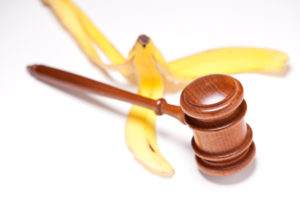
Slip and Fall Lawyer Tips Note: The materials provided in this section are for general informational purposes only and not for the purpose of

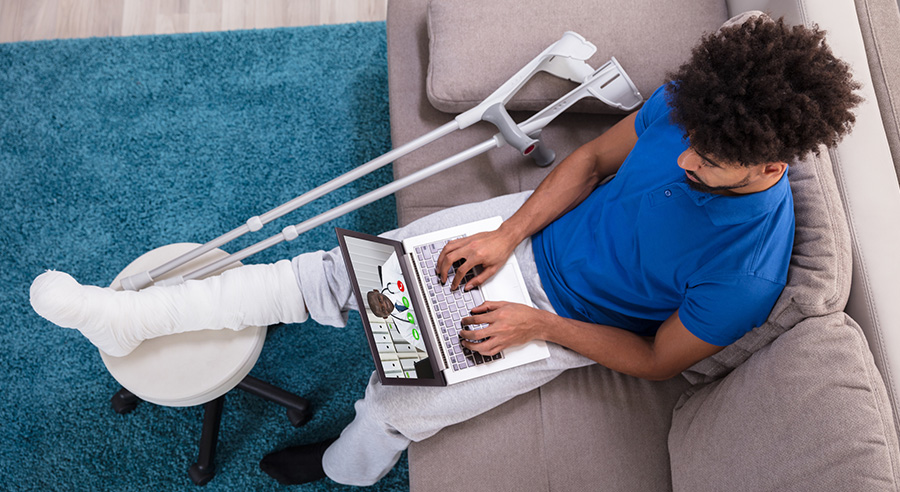
The statute of limitations (SOL) is a state-based law that, generally speaking, sets a deadline for filing a lawsuit. There are statutes of limitations for all different types of legal claims – ranging from assaults to zoning issues. Also, each state can have a different statute of limitations timeline, depending on those claims. Statute of limitations can range from a few months to as long as 20 years.
For slip and fall personal injury cases, the statute of limitations typically begins on the day that the person was injured in the accident. If the person lives in a state where the statute of limitations is two years, that means they have two years from the date of the accident to file a personal injury lawsuit.
A statute of limitations is a hard deadline, in terms of lawsuits and litigation. If a person tries to file a suit after the statute of limitations has expired, the court will likely dismiss their personal injury lawsuit. (The court could even force the plaintiff to pay the defendant’s court costs). There are certain situations, however, where the statute of limitations may be extended:
Another exception to the statute of limitations is the Discovery Rule. This exception is designed to help plaintiffs who were injured in a slip and fall accident but were not immediately aware of their injuries or the circumstances that led to the accident. With the Discovery Rule, the state-based personal injury statute of limitations does not begin running until the individual 1) knew or had sufficient notice that they were injured, or 2) knew or had sufficient notice about the cause of their injury.
So, let’s say a person lives in a state where the statute of limitations for slip and fall cases is two years. In 2020, this person was shopping in a grocery store and slipped on some liquid in the aisle. The person stood up and left the store, thinking that they were not hurt. Three years later, in 2023, the person begins having aches and pains in their back, and a doctor determines that the person fractured a vertebra and has since developed spinal arthritis. The doctor also concludes that the injury is about three years old, and not from normal wear and tear. Under the statute of limitations, the injured individual would have had until 2022 to file their personal injury lawsuit (again, if their state’s statute of limitations was two years), but because they did not know about the injury until 2023, then the Discovery Rule may apply. Instead, the statute of limitations began in 2023, when they first received notice about the injury. Following our example, he or she would have until 2025 to file a lawsuit.
While there are exceptions available to the state’s statute of limitations on personal injury claims, the circumstances giving rise to those exceptions can be challenging to prove. That’s why it is important to speak with an experienced personal injury attorney about your case as soon as possible.
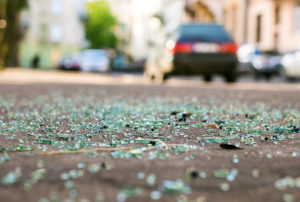
There are many risks involved in driving, and many laws in place in order to minimize them and create as safe of an environment as possible. One such law is the requirement of a valid driver’s license when operating any motor vehicle.
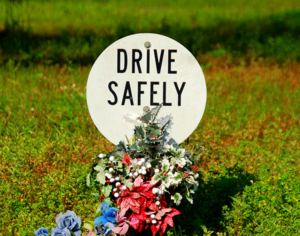
According to the Federal Highway Administration (FHWA)[1], from 2014 to 2016 an average of 18,779 fatalities resulted from road departures; this accounts for 53% of all
Resolution of a catastrophic personal injury, class action, mass tort, qui tam or Federal Employers Liability Act (FELA) matter often takes several years to achieve.

No matter your financial situation, the added expenses and lost wages associated with an accident can be challenging to cope with. While you’re trying to
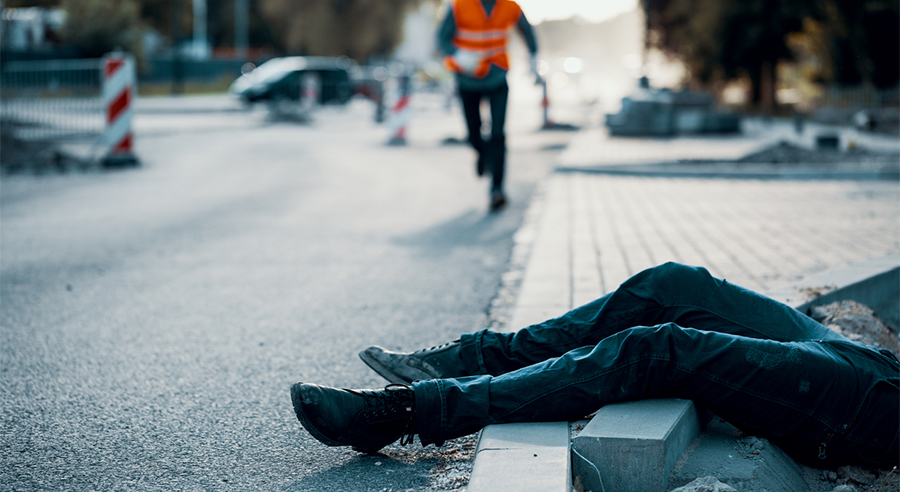
One of the most common questions that personal injury clients have is whether their case is going to trial. If you are unfamiliar with the litigation process, it is understandable to feel a little anxious or overwhelmed about the time or expenses involved, or the possibility of appearing in a courtroom. Many people are interested in compensation for their slip and fall case but not necessarily having to testify in court. However, only a small percentage of slip and fall cases actually go to trial. The exact number differs depending on the state and jurisdiction, but it is somewhere around two percent of cases.
The slip and fall cases that do end up in trial are those where the two parties (plaintiff and defendant) disagree about the facts of the case. They do not see eye to eye about what led to the slip and fall accident. Or, one party might not have or understand all of the facts of the case and is, therefore, reluctant to settle. If one party does not believe the other side has a strong case that is supported by the law and the facts, they are more likely to push for a trial.
The other 98% of slip and fall cases typically settle out of court, either through summary judgment or by another non-trial resolution. The courts will often encourage the parties to take steps such as mediation or a settlement conference so that the parties are more likely to resolve their personal injury lawsuit without needing a jury trial. Reaching a settlement can be less expensive and time-consuming than a trial. However, every slip and fall case is unique, and the outcome truly depends on the circumstances of the accident and the legal jurisdiction.
The average amount of a slip and fall settlement is between $15,000 and $45,000. This depends on a variety of factors, as well as the party’s position in the negotiation process. Compensation is calculated based on the individual’s monetary losses (direct, out-of-pocket expenses and losses), plus compensation for their pain and suffering. If a person’s injuries are relatively minor, the settlement might be on the lower side. If their injuries in the slip and fall accident were severe, then the settlement amount will likely be larger.
Settlement amounts vary based on the strength of a person’s case and their level of injury or injuries. If you were hurt in a slip and fall accident on someone else’s property and are considering whether to settle your case, there are some common considerations in the value of your claim:
While the majority of slip and fall cases do not go to trial, whether a person should settle their case depends on a review of the circumstances and their injuries. If the parties agree to the value of the personal injury claim, a settlement can potentially save all parties involved the time, stress, and expense of a trial.

For “Amber” (not a real person), the birth of her son Jacob should have been the happiest day of her life. But her joy turned into every parent’s worst nightmare in an instant when doctors informed her that Jacob had a heart defect, a hole that allowed the blood on the two sides of his heart to mix.
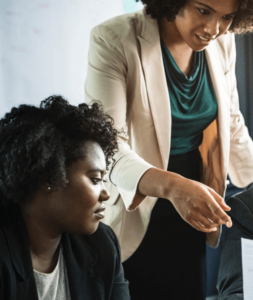
“Regina” (not a real person) was the type of person who never caught a cold. She felt invincible, even through the harshest of winters, so when she developed a stubborn sore throat and fever in the spring, she was utterly perplexed.
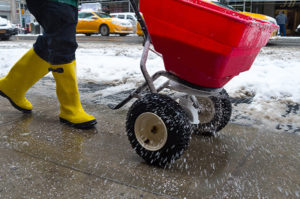
If you’re lucky, the recent cold snap left you with nothing worse than an unusually large home heating bill. If you weren’t as lucky, you might have been injured.

“Juan” was really good at putting up siding. Vinyl siding, wood siding, veneers, even stucco; Juan could hang it quickly and hang it properly. He’d quickly become “the man” for siding at the small construction firm where he had begun working a few weeks earlier. That’s why Juan (not a real person) was part of the two-man crew that the company had assigned that morning to a last-minute, rush siding job that had been called in late the previous afternoon.
Just because a person slips and falls on another person’s property does not mean that there is a personal injury case or that the property owner is legally responsible for any injuries. In order to prove liability…
Full Answer
A property owner has a legal duty to maintain reasonably safe conditions for their tenants, customers, staff, and other guests. If the property owner knows about…
By contacting and submitting my information to USClaims, I consent and agree to the Privacy Policy and Terms of Use, and certify that I am not a resident of the European Union/UK.
©2024 USClaims Opco, LLC. USClaims and the circular logo are a trademarks of USClaims OPCO, LLC.
US Claims Capital, LLC NMLS #2530828 | USClaims Connecticut LLC NMLS#2513033
If you reside in South Carolina, PLEASE CLICK HERE.
If you reside in Illinois, PLEASE CLICK HERE.
Do not Sell or Share My Personal Information (CA Residents Only)
*Funding subject to approval. Additional restrictions may apply. Call for details.
**2X CAP may not be applicable for all types of cases and/or jurisdictions.
If you are using a screen reader and are having problems using this website, please call (877) 872-5246 or email info@usclaims.com.
If you have recently been diagnosed with a vaccine-related injury, visit VaccineInjuryFunding.com for answers on how USClaims can help.
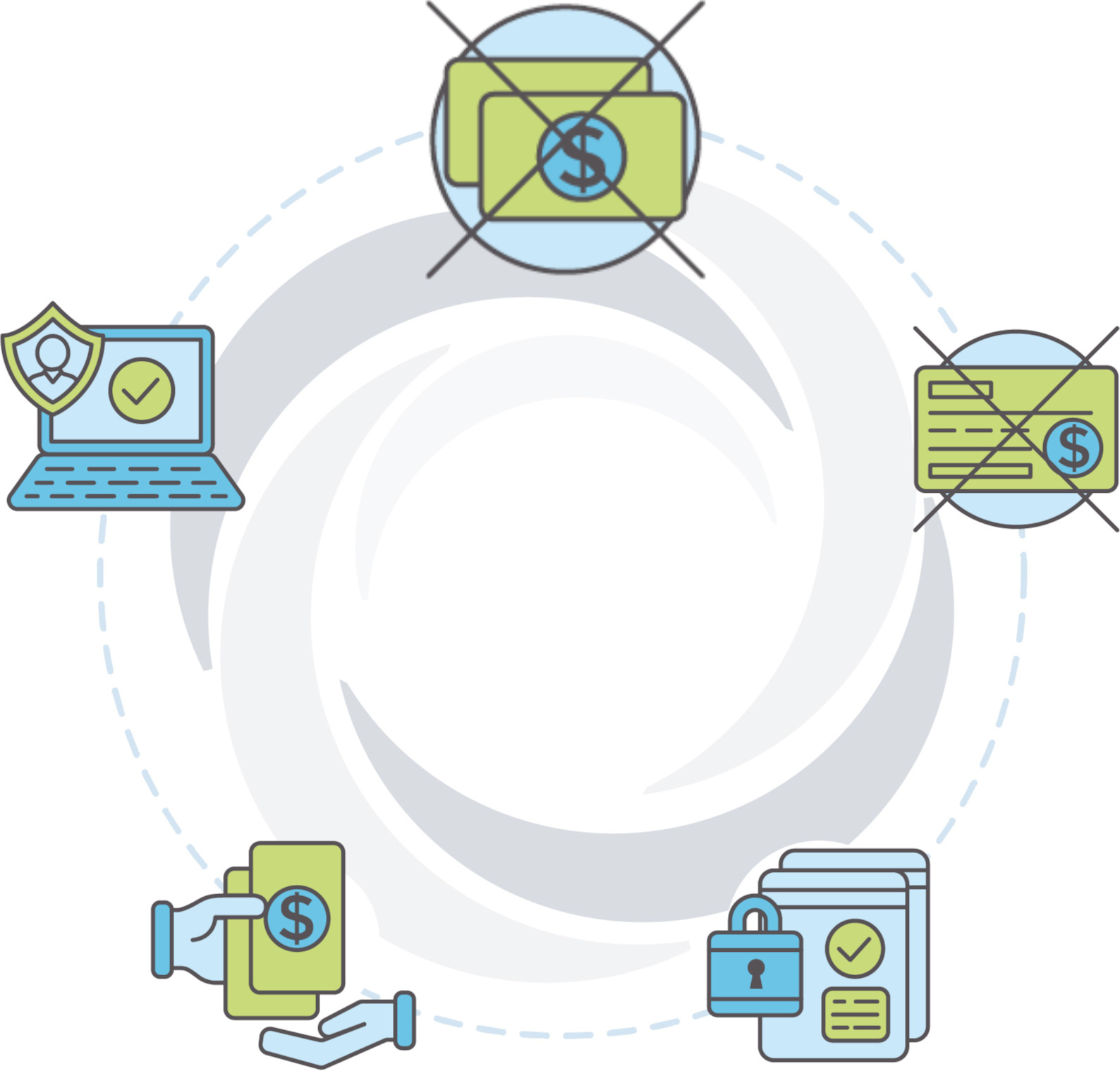
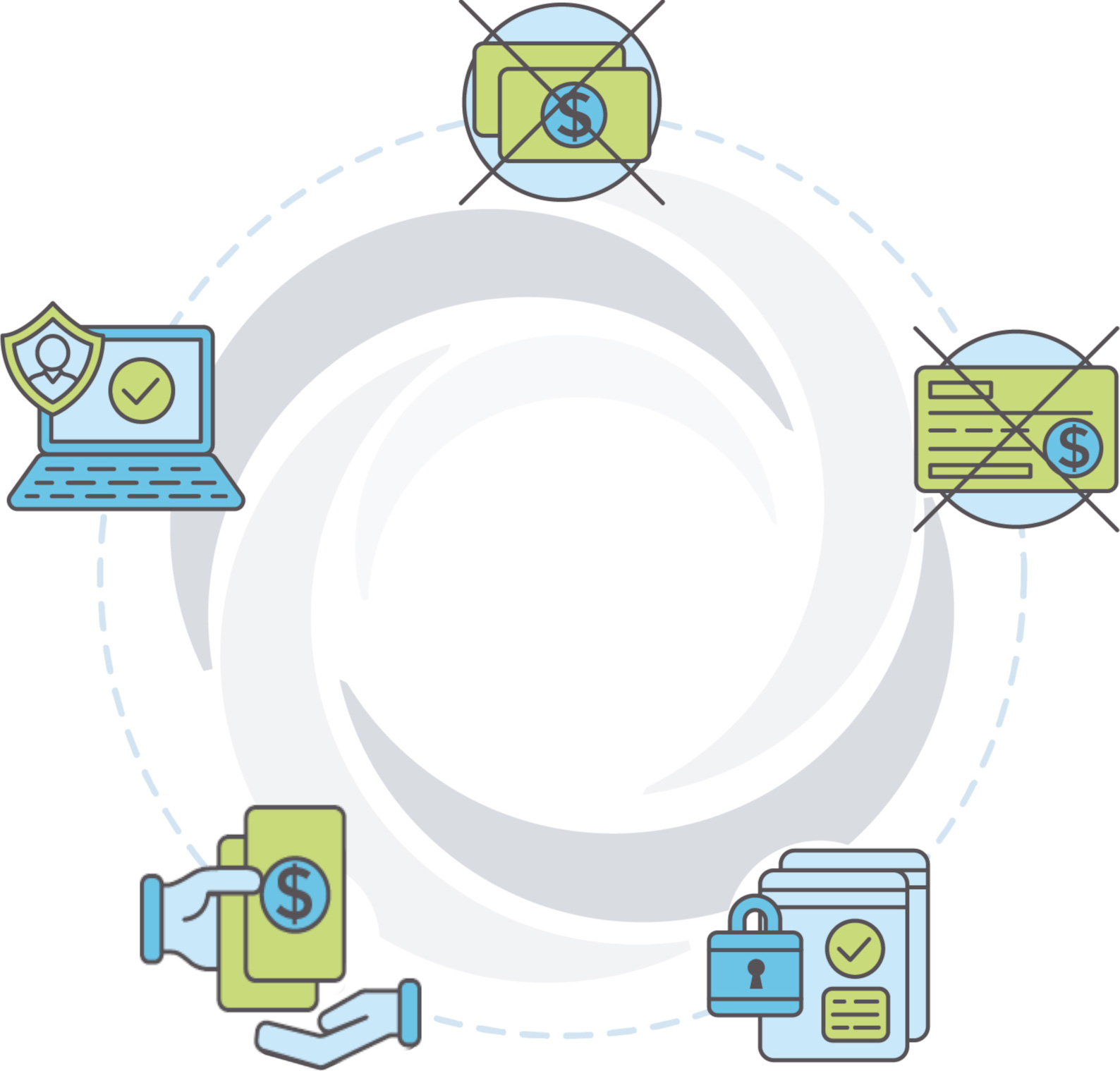
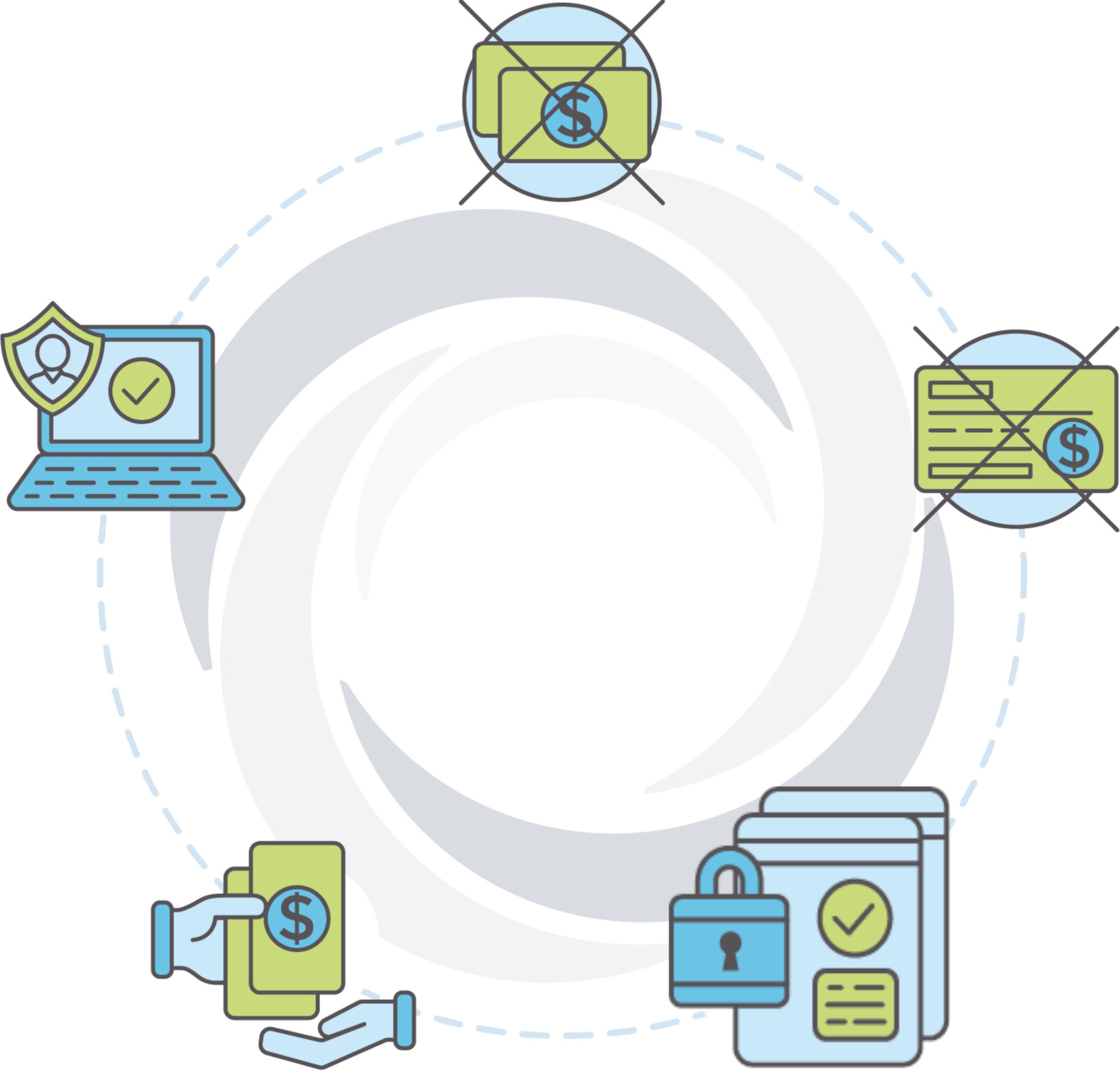
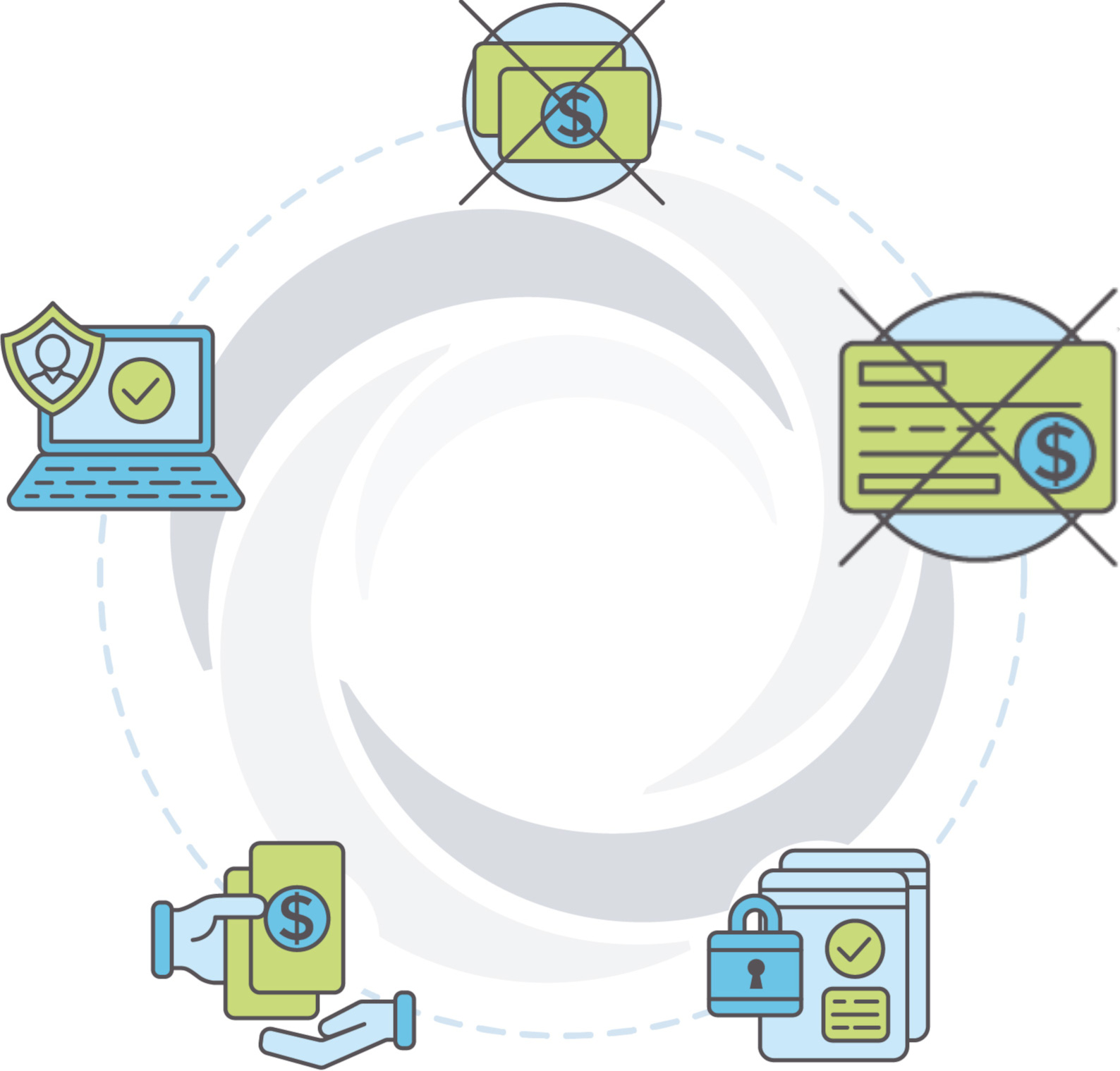

California residents covered by the California Consumer Privacy Act have the right to opt-out from the “sale” or “sharing” of their personal information via browser-enabled opt-out preference signals. USC does not “sell” or “share” personal information of California residents. However, we will honor your opt-out preference signals as valid requests to opt-out of sale/sharing for the browser.
DO NOT SELL OR SHARE MY PERSONAL INFORMATION (CA residents only)
For more information, please see our CCPA Notice.
By clicking “Continue” and providing information to USClaims, I expressly consent and agree to the Privacy Policy and Terms of Use, including mandatory arbitration and being contacted via calls and text messages to my mobile number, some of which may be generated by an auto dialer.
By clicking “Continue” and providing information to USClaims, I expressly consent and agree to the Privacy Policy and Terms of Use, including mandatory arbitration and being contacted via calls and text messages to my mobile number, some of which may be generated by an auto dialer.
By clicking “Submit” and providing information to USClaims, I expressly consent and agree to the Privacy Policy and Terms of Use, including mandatory arbitration and being contacted via calls and text messages to my mobile number, some of which may be generated by an auto dialer.